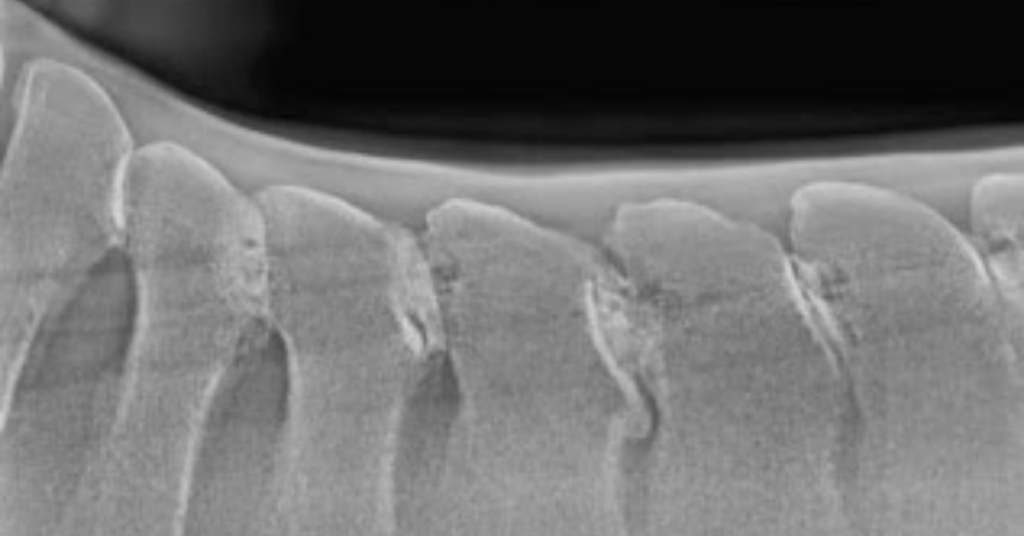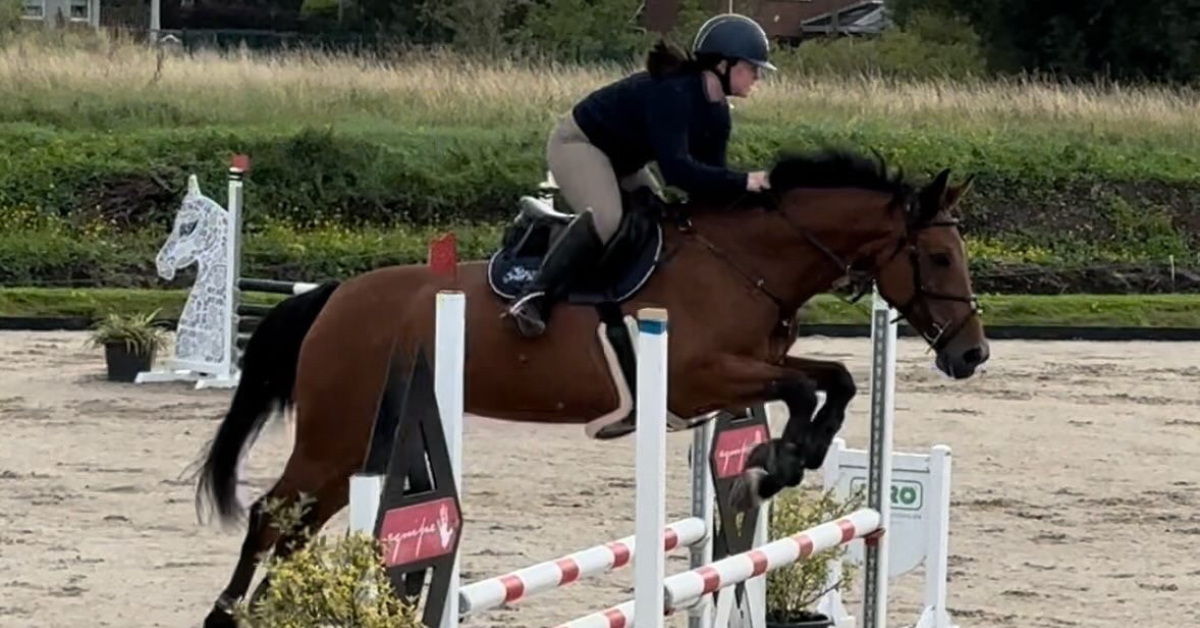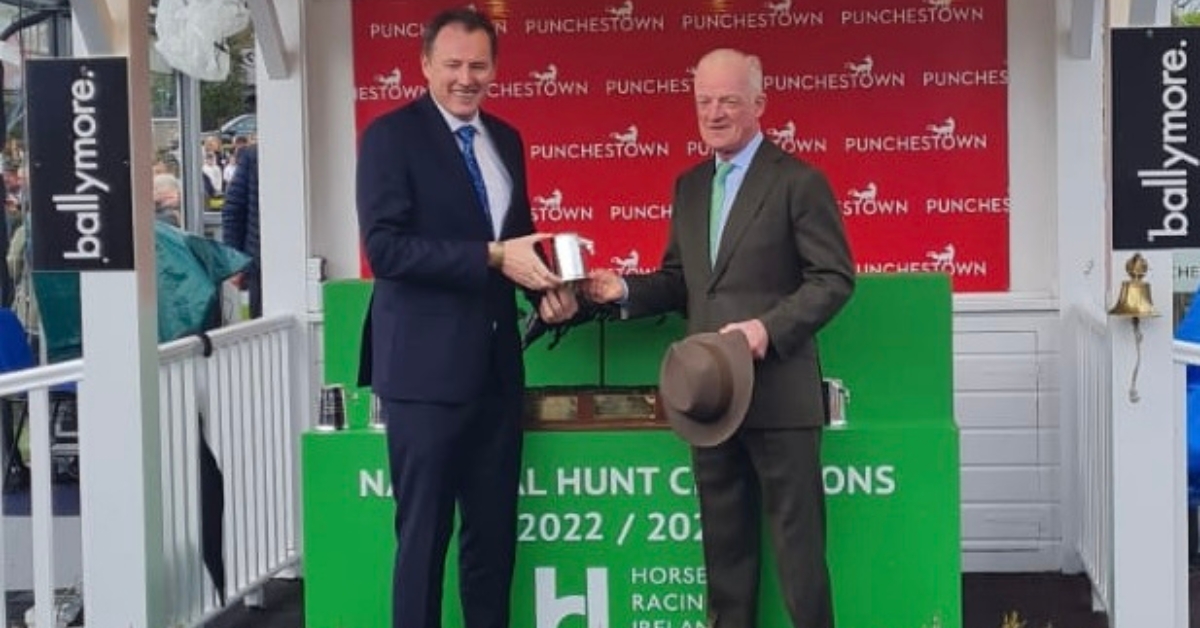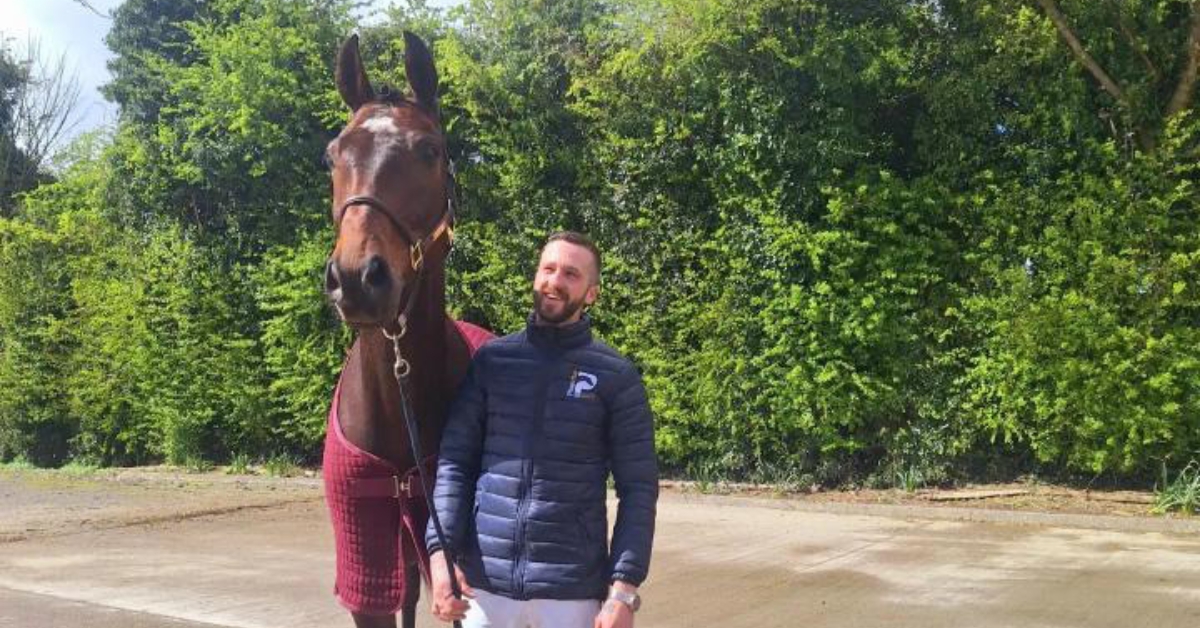Good horses can have bad x-rays and bad horses can have good x-rays. So why do we insist that every horse we view to purchase or offer for sale must have a clean set of X-rays? Why do we run a mile at the first sign of a blemish or abnormality on an X-ray? Are we afraid of the unknown, worried that the horse may not stay sound? Concerned that we won’t be able to sell on a horse with “bad” x-rays. Maybe.
But are x-rays telling us the whole story? Are the findings that we see on X-rays clinically relevant- meaning that they are actually causing the horse discomfort or affecting their performance? Instead of instantly jumping to the conclusion that a horse with marked x-rays is now a write-off, why don’t we ask if he is fit for purpose? Can he perform his job comfortably and happily? If so, why walk away?
There are numerous horses out there competing to a high level with X-rays that some of us would shiver at the sight of. There are multiple other horses out there who have never been X-rayed potentially with or without significant changes, but if it’s not broken, don’t fix it.
However, let’s not be too naïve. We are all too aware that horses get injured, and that X-rays play an integral role in the diagnostic process to allow for effective treatment. So of course, X-rays are essential at times, but my point is we should not be afraid of X-rays. We need to change our thought process. Even if the findings on X-rays are clinically significant and affecting comfort and performance. This still does not mean that the horse’s career is over. Often with some very simple veterinary intervention and management, such horses can lead successful careers at any level.
This is not just the case for X-rays, but other forms of diagnostic imaging too. Not all abnormalities on any type of scan, be it x-rays, ultrasound, bone scan, MRI, etc. need to be career changing for that horse. And this is not just my opinion. A study carried out at the 2000 Olympic Games in Sydney examined ultrasound images of horses competing at the games. Over 95% of the 21 event horses examined had notable changes to either the superficial digital flexor tendon or the suspensory ligament. 8 of these horses finished in the medals. 13 out of the 15 showjumpers included in this study also had marked ultrasound changes, 4 of which finished in the medals. The authors of this study concluded that if well managed horses can continue to compete successfully despite chronic or low-grade injury.
The image below shows significant kissing spines. Who on earth would buy a horse with a back like that? In fact, that is the back of a 4-star event horse, currently competing successfully. Does this horse have bad X-rays, 100%, is he fit for purpose 100%.

Moral of the story, buy the horse, not the scans.


Share
Your subscription is 100% Free for our first year, No credit card details required.

Emma Heffernan: Defying Odds and Redefining Strength in the Saddle In the heart of Co. Cork, Emma Heffernan is not

Willie Mullins has made entries for both El Fabiolo and Gaelic Warrior at Sandown this Saturday, aiming to secure his

Ger McNulty: Reigniting Passion and Pursuing Excellence in Dressage After a hiatus of thirteen years, Irish dressage rider and coach